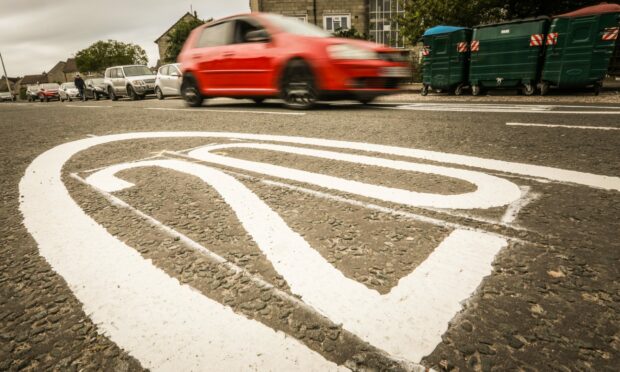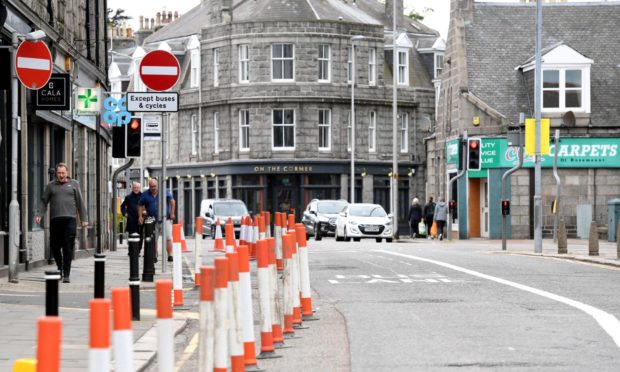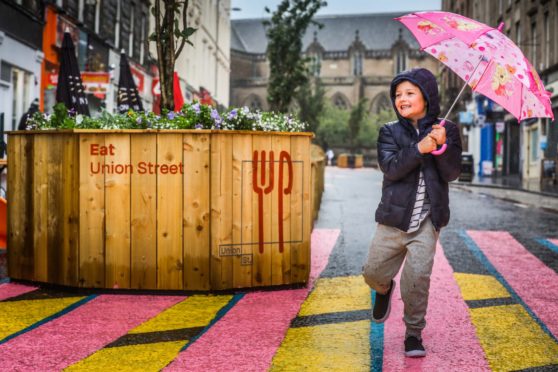Roads across Scotland have been changed since the first lockdown in 2020 thanks to money delivered to local authorities through the Scottish Government Spaces for People programme.
It has seen the promotion of active travel in towns and cities, and creates space for more people to walk or cycle instead of driving or using public transport, but the measures have not always been welcome.
But how does the scheme work, what are the expected benefits and is it likely to stay?
What is Spaces for People Scotland?
The Scottish government backed programme is designed to promote active travel such as walking and cycling during the Covid-19 pandemic.
With fewer cars on the road, it was decided the time was right to trial changes to road networks.
It is also thought this would make social distancing easier.
Changes such as bike lanes, reduced speed limits and pedestrianisation are among the measures implemented to achieve this.
These are sometimes called Low Traffic Neighbourhoods.
The infrastructure is meant to be temporary, but as we have seen in Dundee, local authorities can make them permanent.
How does it work?
Funds were made available by the Scottish Government and the project is managed by Sustrans Scotland.
Councils across Scotland made a bid for funding, outlining what changes they planned to make. NHS health boards were also allowed to apply.
Sustrans would then award money based on the pitch.
Some £30 million worth of Spaces for People funding has been split between local authorities.
Cycle routes and 20mph zones quickly popped up in cities and towns across Scotland.
In Dundee, this included 20mph zones rolled out in the West End, Broughty Ferry, Douglas and Fintry. Union Street, in the city centre, was pedestrianised.
Similar programmes were made available in England and Wales, sometimes under the banner “Places for People”.
What has the reaction been?
Mixed, to say the least.
Cycle and environmental campaigners have been largely in favour, championing the green benefits.
Local officials also tended to herald the funding as a boost for walkers and cyclists.
However, the actual implementation work came in for criticism in some places.
Residents in areas such as Strawberry Bank, in Dundee, hit out at a perceived bungling of the project. They claimed the scenic lane was “despoiled” by a 20mph roundel painted on the road.
Dundee City Council quickly acquiesced and removed the paint.
In Fife, controversy grew over the use of road barriers in St Andrews and Crail.


